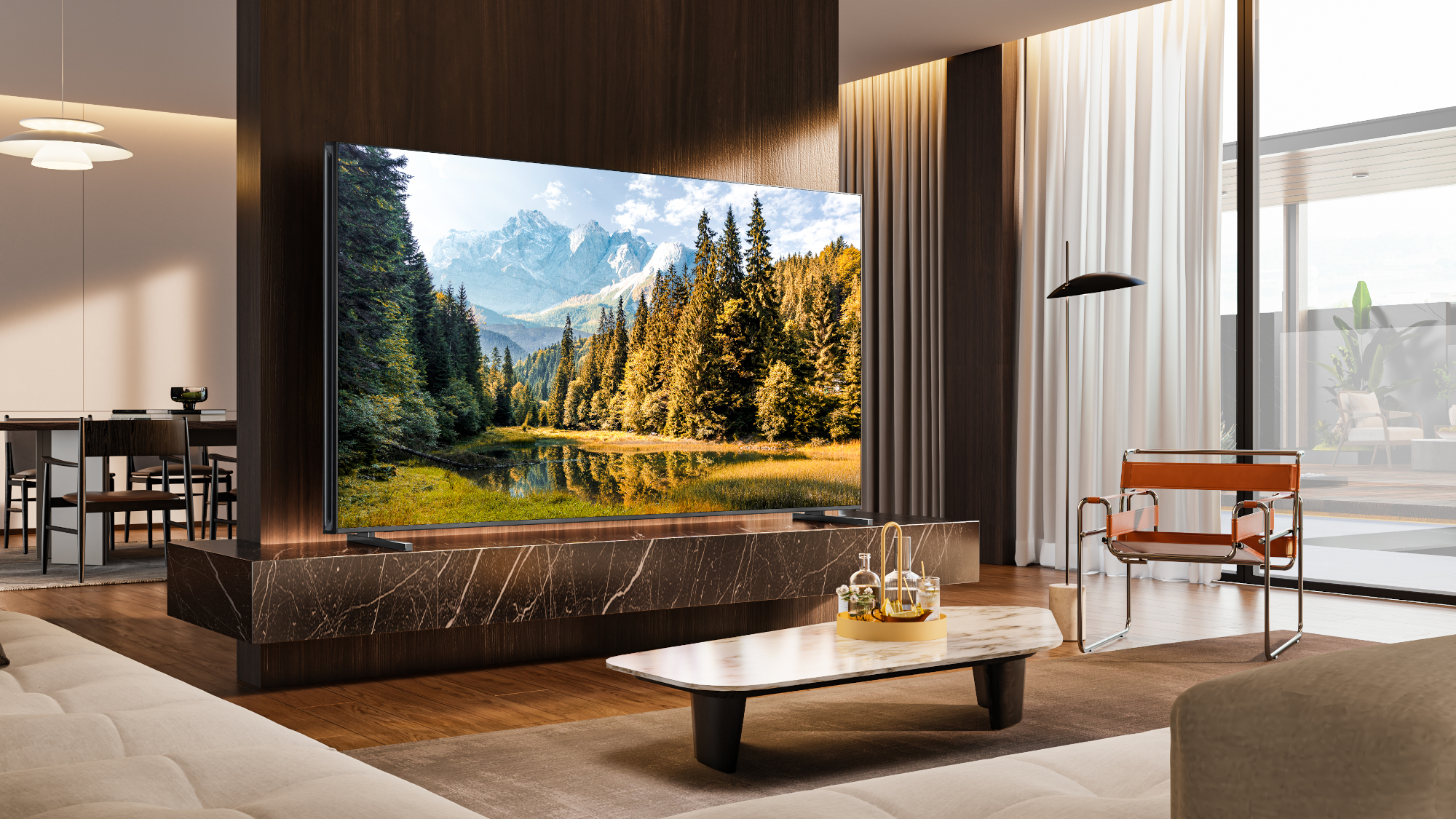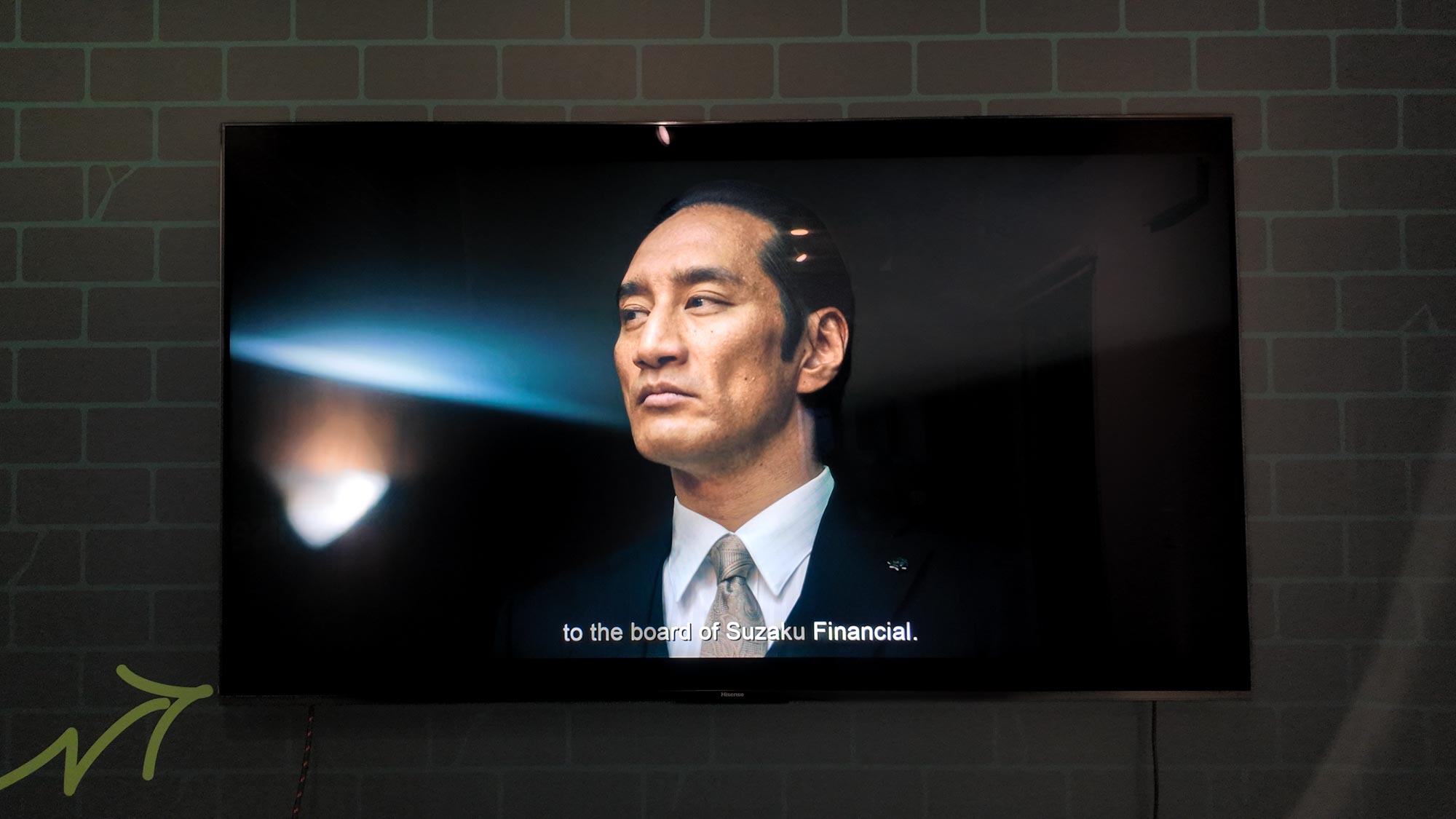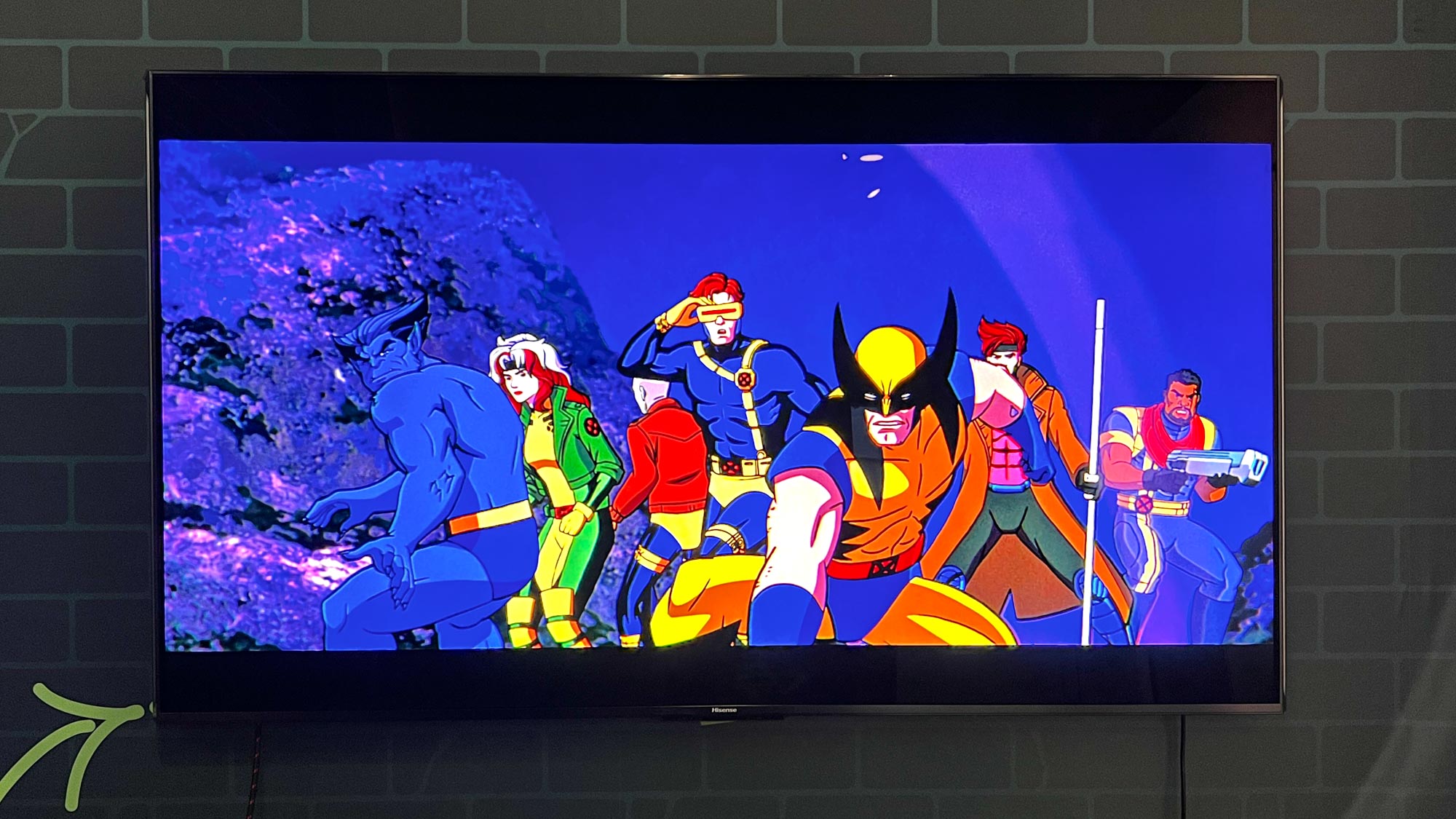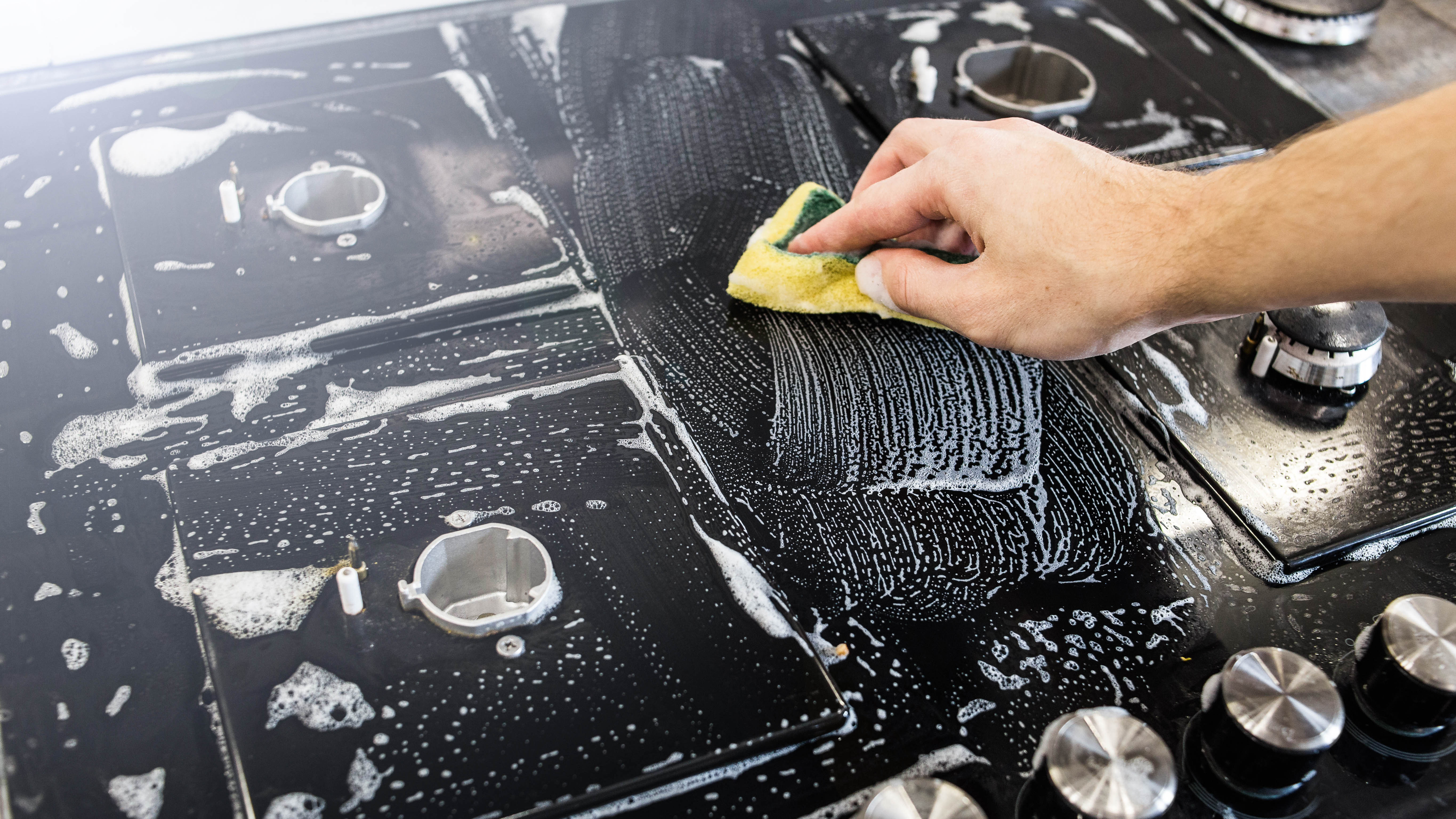
High brightness is a key aspect of what makes some of the best TVs so sought after, gifting them far better highlights and improved mitigation against glare. This is why some buyers will often go with a Mini-LED or QLED option over even some of the best OLEDs — higher brightness often makes for a much better viewing experience, especially if your home cinema is situated in an area with more ambient lighting.
Enter the Hisense U9N Mini-LED TV, a surprise release this year that brought the market to its knees with such impeccable brightness numbers they’re genuinely hard to believe. While it does have some tough competition — namely the flagship from Sony's 2024 TV lineup in the Bravia 9 and the Samsung QN90D QLED — the U9N might well prove to beat them all with a spec sheet that's as eye watering as it is legendary.
Let's dive in and see just how far Hisense's star Mini-LED stacks in the current market and if it could ever die off in the near future.
Hisense U9N testing data compared
| Hisense U9N | Samsung QN90D | Sony Bravia 9 | |
| SDR Brightness (10%, in nits) | 3855.775307 | 2040.967313 | 2980.019951 |
| Delta-E (lower is better) | 1.6584 | 4.2619 | 1.7971 |
| Rec. 709 Gamut Coverage | 99.779 | 99.7672 | 99.1685 |
| HDR Brightness (10%, in nits) | 3952.029051 | 2051.395823 | 2812.995866 |
| UHDA-P3 Gamut Coverage | 99.29 | 94.43 | 95.32 |
| Rec. 2020 Gamut Coverage | 82.04 | 77.16 | 78.02 |
| Input Lag (ms) | 15 | 9.6 | 17 |
Just look at these numbers. It's incredible how far Hisense has come in the last several years, now standing high above some of the most well-known TV makers in the industry. A staggering 3,855 nits in just standard content is jaw dropping and a testament to Hisense's continued efforts in stamping out the competition.
And it doesn't simply stop there, as the U9N even steals the show in HDR brightness as well, tested in a 10% window at 3,952 nits. That's not quite 4,000 nits (nor even the 5,000 nits Hisense initially advertised), but pretty darn close indeed — and far ahead of the competition.
In both SDR and HDR content, Samsung's QN90D barely even cross the 2,000-nit mark, and Sony's Bravia 9 sits just under 3,000 nits, giving our fancy U9N some serious legs. But brightness isn't everything, despite its overarching importance — and luckily for the U9N, it's a nebula of promise well beyond that particular spec.

Noted by my colleague Nick Pino in his Samsung QN90D test results case study, that TV's minimal BT2020 color gamut of just 77.16% leaves a lot to be desired, and the Bravia 9 doesn't fare any better at just 78.2%. Meanwhile, the U9N smashes its HDR color gamut out of the park with 82.04% coverage — among the highest we have ever tested — and its UHDA-P3 coverage of 99.29% kills its competitors all the same.
Sign up to get the BEST of Tom's Guide direct to your inbox.
Get instant access to breaking news, the hottest reviews, great deals and helpful tips.
Take a peek even at the Delta-E numbers across the lineup. The lower the Delta-E the better, and the Samsung QN90D clearly isn't it when it comes to general color coverage and accuracy. The Hisense U9N, with its 1.6584 Delta-E score, does just as well in animated workloads as it does in HDR content, making it ideal for the entire family.
About the only knock against the U9N that we can see is its rather high input latency of 15ms. We tend to like this number under the 10ms mark, as seen on some of the best gaming TVs. So if you're planning on getting a new display in time for the PS5 Pro, the U9N might not be the best option — though, interestingly, neither is the Bravia 9.
Is the Hisense U9N worth its luster?

Improved brightness on TVs is ever on the horizon, as TCL is aiming to take the top spot next year with its Mini-LED TV sporting 6,500 nits. Although extremely ambitious, we'll have to wait and see just how well it stands against its biggest competitors — and the Hisense U9N might still reign supreme even into the next TV cycle.
It's an interesting paradigm, seeing as Hisense will have its own competitive advantage. The U9N isn't alone, as our test data shows that several entries among the Hisense 2024 TV lineup sport some of the highest brightness numbers we've ever seen, including the U8N and UX Mini-LED TVs. Clearly Hisense has a knack for this thing and is aiming to be the top dog for some time.
But given all its luster and high-flying specs, the U9N does come in at quite the asking price. It's only available in 75- and 85-inch configurations, which come in at $2,999 and $3,999, owing to its premium nature. The pricing here seems to go against Hisense's value proposition, and it makes the often-discounted Samsung QN90D a bargain if you're willing to live with its sub-par specs.
But if you want the best of the best in terms of quality on a Mini-LED design with arguably one of the most sophisticated TV speakers on the market, then the U9N makes its case more than known — it's simply the best option by a mile.

Ryan Epps is a Staff Writer under the TV/AV section at Tom's Guide focusing on TVs and projectors. When not researching PHOLEDs and writing about the next major innovation in the projector space, he's consuming random anime from the 90's, playing Dark Souls 3 again, or reading yet another Haruki Murakami novel.
-
ChillEpps That's a good question and all I see is Summer 2024 in search. I'll ask Hisense and update this page (and reply to you) and a more definitive answer. Thanks for the question!Reply
